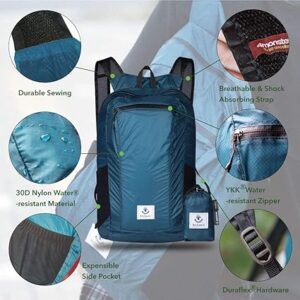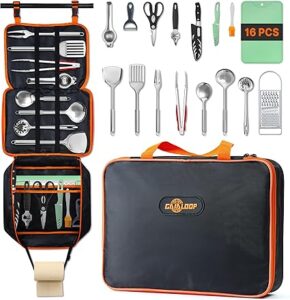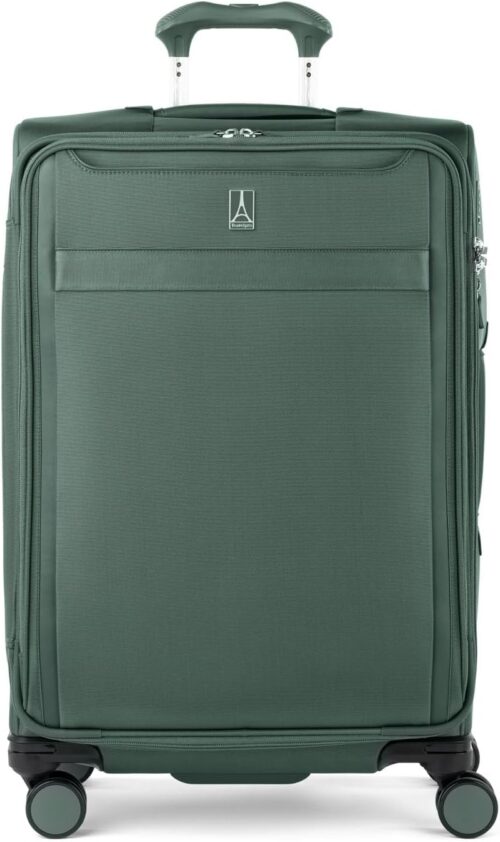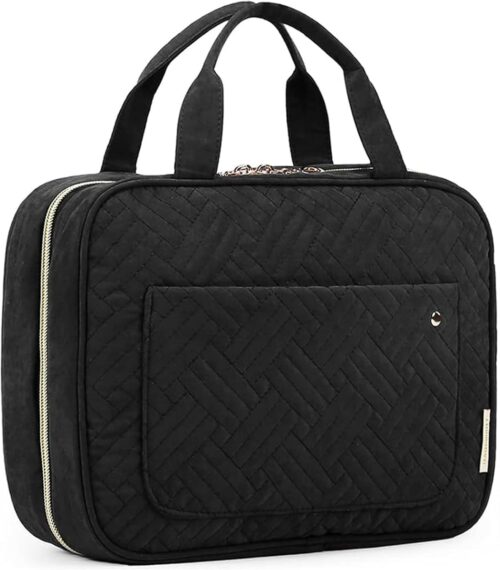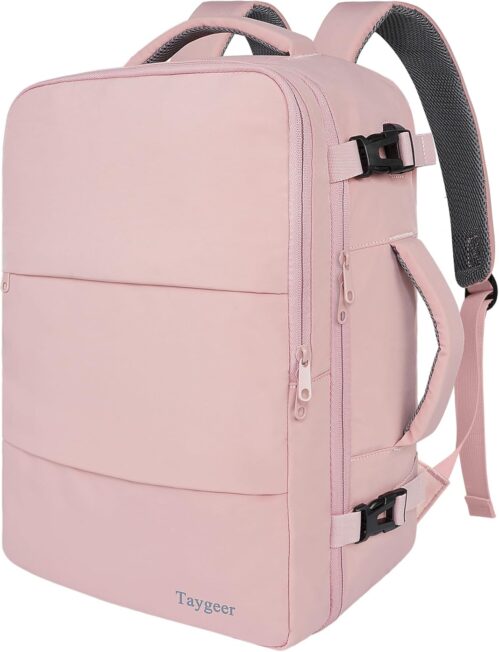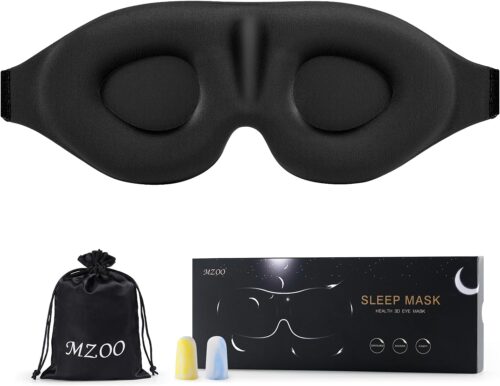
When it comes to planning hiking adventures without exceeding your travel budget, being mindful of your expenses is key. Making informed choices about where you go, how you stay, what you bring, and how you get there can significantly impact your overall costs. By incorporating practical strategies and thoughtful planning into your hiking adventures, you can ensure that your budget remains intact while still enjoying the beauty of nature. Remember, a little foresight goes a long way in making your outdoor experiences both affordable and fulfilling.
Choosing Budget-Friendly Hiking Destinations
Looking to explore stunning hiking trails without breaking the bank? You’re in luck! There are plenty of budget-friendly hiking destinations that offer breathtaking views and unforgettable experiences. Consider visiting national parks or state forests, as they often have well-maintained trails and affordable entrance fees. Look for trails that are easily accessible by public transportation or within driving distance to save on transportation costs. Research lesser-known hiking spots that are equally beautiful but may not be as popular, allowing you to enjoy a peaceful and budget-friendly adventure.
When choosing a budget-friendly hiking destination, remember to consider the cost of permits or parking fees. Some trails require permits for entry, so make sure to factor this into your budget planning. Additionally, look for accommodations that are close to the hiking trails to save on commuting expenses. By choosing budget-friendly hiking destinations, you can enjoy the great outdoors without overspending.
Saving on Accommodation Costs
Click here to purchase this durable, lightweight backpack now on Amazon.
Wondering how to cut down on accommodation costs for your hiking adventure? One of the best ways to save money on accommodation is by opting for budget-friendly options such as hostels, campsites, or guesthouses instead of luxury hotels.
Hostels are a great choice for solo travelers or those on a tight budget, offering affordable dormitory-style rooms or private rooms at a fraction of the cost of a hotel. Camping is another excellent cost-saving option, providing a chance to immerse yourself in nature while saving on accommodation fees. Many hiking trails have designated campsites with basic facilities where you can set up a tent for a nominal fee.
Additionally, consider booking your accommodation well in advance to take advantage of early bird discounts or special promotions. Websites and apps that offer last-minute deals can also help you secure affordable lodging options. Another tip is to look for accommodations with shared facilities to save on costs while still enjoying a comfortable stay.
Packing Smart for Cost Efficiency
Click here to purchase this 16-piece essential camping cookware set on Amazon now!
To maximize cost efficiency on your hiking adventure, streamline your packing by focusing on essentials and versatile gear options.
When packing for a hiking trip on a budget, it’s crucial to prioritize items that serve multiple purposes. Opt for lightweight, moisture-wicking clothing that can be layered for various weather conditions. Pack versatile items like a multipurpose tool, a headlamp for hands-free lighting at night, and a reusable water bottle to cut down on single-use plastics.
Choose a durable and lightweight backpack that fits your needs without being too bulky. Consider packing lightweight, compact food options such as energy bars, nuts, and dehydrated meals to save on food costs and weight.
Don’t forget essential items like a first aid kit, sunscreen, and insect repellent to stay safe and healthy on the trail. By packing smart and efficiently, you can enjoy your hiking adventure without breaking the bank.
Tips for Affordable Transportation
Consider carpooling with fellow hikers to split transportation costs and reduce your overall expenses for reaching the trailhead. Sharing a ride not only helps the environment but also lightens the financial burden on everyone involved. Look for online forums or hiking groups where you can connect with like-minded individuals planning similar trips. This way, you can coordinate schedules and locations conveniently.
Another tip for affordable transportation is to explore public transportation options. Many hiking destinations are accessible by bus or train, offering a cost-effective way to get to the trailhead. Check the schedules in advance and plan your journey accordingly. Additionally, some national parks and recreational areas offer shuttle services during peak seasons, providing a budget-friendly alternative to driving. It’s always best to perform a quick search of the park’s website to get a better feel of what is offered and when.
If public transportation isn’t feasible, consider renting a vehicle with a few friends to share the expenses. Splitting the rental fee, gas, and parking costs among a group can be more economical than each person traveling separately. Remember to book in advance to secure the best rates. By implementing these strategies, you can save money on transportation and allocate more funds towards enjoying your hiking adventures.
Trending Products


